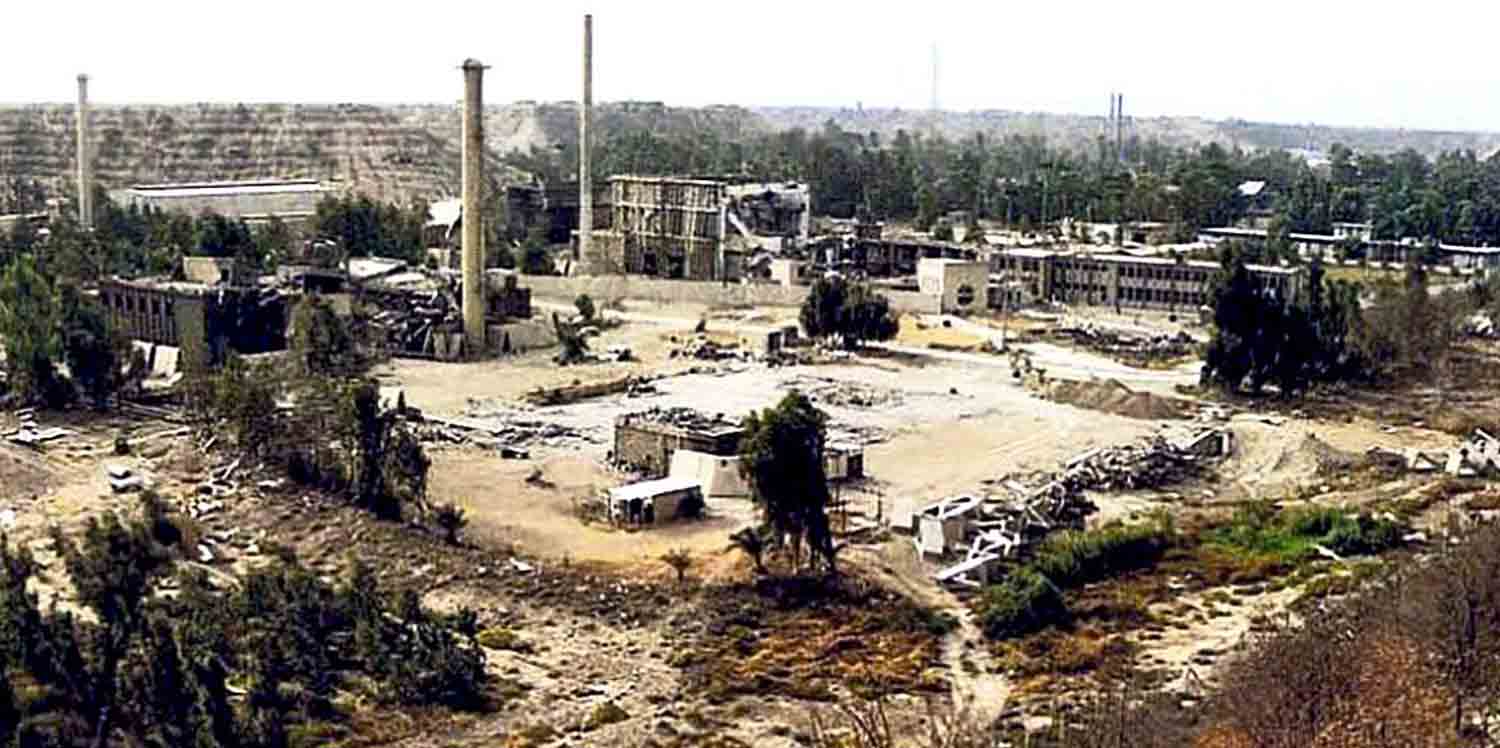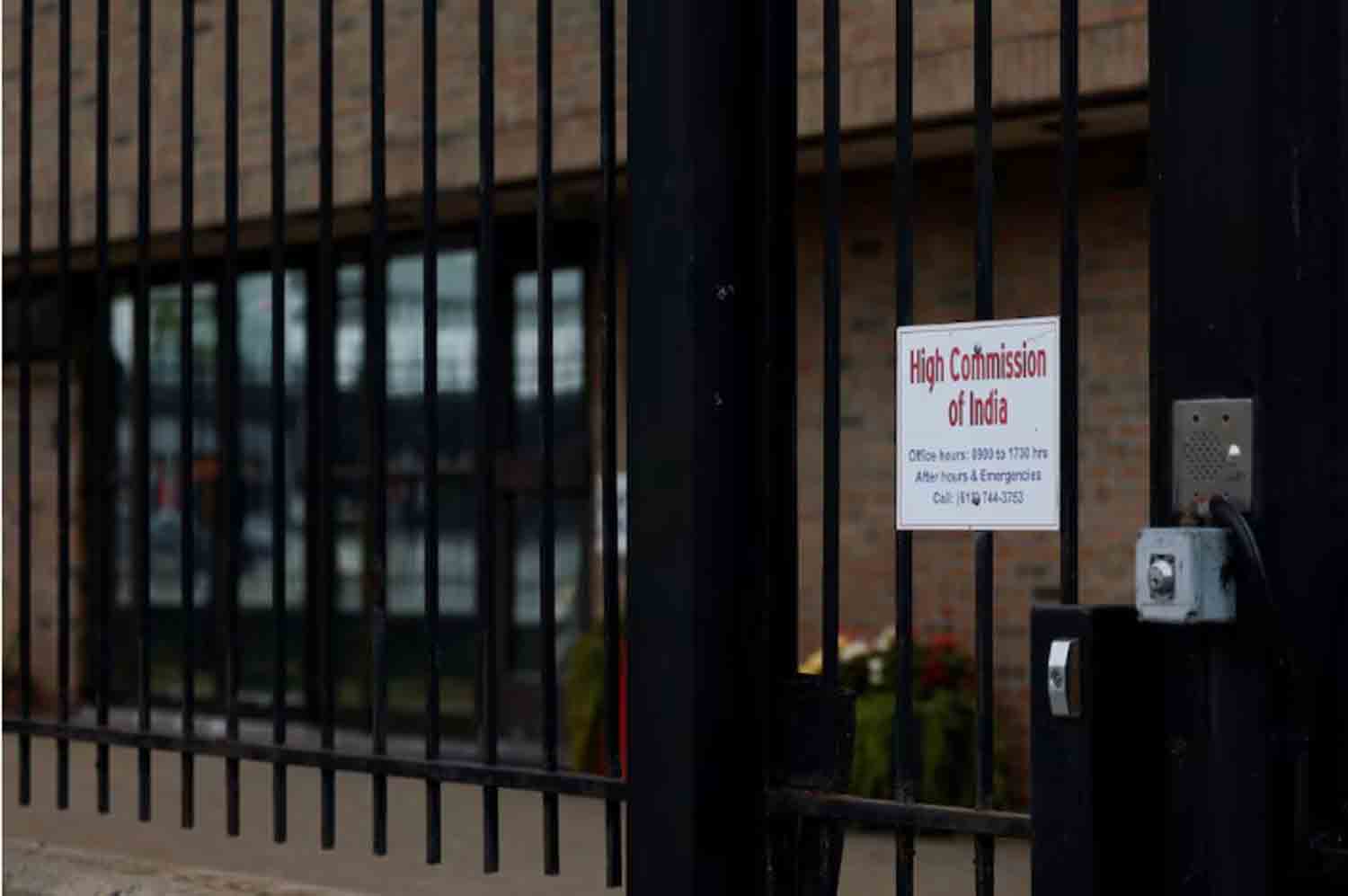Since Iran‘s missile strike on Israel on October 1, which was a reaction to the assassinations of Hezbollah leader Hassan Nasrallah in Beirut and Hamas leader Ismail Haniyeh in Tehran, there has been considerable speculation regarding Israel’s potential retaliation. Some analysts propose that Israel might target Iranian oil facilities, while others suggest strikes on its nuclear sites.
The Biden administration appears to be against both of these options; however, it has authorized the deployment of a Terminal High Altitude Area Defense (THAAD) missile defense system and U.S. troops to Israel, likely in preparation for a possible Iranian counteraction following an Israeli attack.
In contrast, former President Donald Trump, a Republican presidential candidate, has encouraged Israel to take preemptive action against Iran’s nuclear capabilities. His son-in-law, Jared Kushner, has echoed this sentiment.
While Trump, Kushner, and other strong supporters of Israel advocate for military action against Iran’s nuclear infrastructure, they may not fully grasp the repercussions of such an attack, reminiscent of Israel’s 1981 strike on Iraq’s Osiraq nuclear reactor.
The bombing of the French-built Osiraq facility not only forced Iraq’s previously peaceful nuclear program underground but also spurred Saddam Hussein to intensify efforts toward developing nuclear weapons. A similar aggressive approach against Iran’s nuclear ambitions could yield comparable outcomes.
A ‘pre-emptive’ strike
Iraq’s nuclear program began in the 1960s when the USSR constructed a small nuclear research reactor and provided technical expertise. In the 1970s, Iraq acquired a larger reactor from France, known as Osiraq, and significantly advanced its civilian nuclear initiatives with substantial support from French and Italian sources.
The French government implemented technical safeguards to prevent any potential dual-use of the reactor and communicated these measures to the United States, Israel’s closest ally. As a signatory to the Nuclear Non-Proliferation Treaty, Iraq underwent regular inspections by the International Atomic Energy Agency (IAEA) and was not, contrary to Israel’s claims, on the verge of developing a nuclear weapon.
Despite this, the Israeli government, facing increasing domestic unrest and the threat of electoral defeat in the upcoming legislative elections, opted to carry out a “pre-emptive” strike.
On June 7, 1981, Israeli F-15 and F-16 fighter jets, equipped with US technology, conducted an airstrike on the Osiraq reactor after refueling mid-flight. The attack resulted in the complete destruction of the reactor and the deaths of three Iraqi civilians and one French engineer.
This military action stirred nationalist sentiments among Israelis, contributing to Prime Minister Menachem Begin’s narrow electoral victory just three weeks later.
A collection of declassified US documents made public in 2021 reveals that Israel’s military action did not dismantle Iraq’s nuclear program; instead, it intensified Saddam Hussein’s resolve to obtain a nuclear weapon.
The attack also inspired a greater number of Iraqi scientists to join the national nuclear initiative. As noted by Iraqi nuclear scientist Jafar Dhia Jafar in his memoir, “the Israeli bombing of Tammuz I [i.e. Osiraq] had infuriated many, and they were practically forming a line to participate in ending the Jewish state’s monopoly of nuclear weapons in the Middle East.” The expertise of these scientists became more crucial to Saddam than the reactor he lost in the strike.
In the subsequent years, Saddam’s regime shifted its nuclear activities underground and sought assistance from nuclear-armed nations like Pakistan to develop capabilities for producing a nuclear weapon. Efforts were also made to reconstruct the destroyed reactor.
These initiatives faced significant setbacks only in the early 1990s due to the first Gulf War, which severely damaged Iraqi infrastructure, followed by sanctions that depleted the country’s financial resources.
The implications of a military strike on Iran
In recent years, several Iranian nuclear scientists have been targeted and killed. The most notable incident occurred in November 2020, when Mohsen Fakhrizadeh, a prominent nuclear physicist and senior figure in Iran’s nuclear program, was assassinated in an ambush near Tehran. Iran has attributed this and other similar attacks to Israel.
While these targeted killings may have eliminated key individuals, they have simultaneously motivated a new wave of Iranians to engage in nuclear science, fostering a sense of “nuclear nationalism” in response to the ongoing threats to Iran’s nuclear ambitions.
The developments following October 7, 2023, have intensified this sentiment. A survey conducted between February and May of this year revealed that public support for a peaceful nuclear program in Iran remains exceptionally high, with an increasing number of citizens now advocating for the country to pursue nuclear weapons. Approximately 69 percent of those surveyed expressed their support for this direction.
It is evident that Israel’s actions are only reinforcing Iran’s resolve to advance its nuclear program. A military strike on any of Iran’s nuclear facilities would likely strengthen this resolve even further. Drawing parallels with Iraq, such an action could push Iran’s nuclear efforts underground and expedite its pursuit of nuclear weaponry.
Currently, Israeli Prime Minister Benjamin Netanyahu finds himself in a position reminiscent of his predecessor, Menachem Begin. He is at the helm of a government facing significant criticism for various shortcomings, including the events of October 7, 2023, and is eager to demonstrate a “victory” to the Israeli populace.
However, Netanyahu’s current military operations in Gaza and Lebanon, as well as potential actions against Iran, are unlikely to yield a true victory for Israel. His approach is likely to breed resentment in these regions and throughout the Middle East, ultimately aiding Iran and its allies in quickly restoring any capabilities lost due to aggressive Israeli actions.
Discover more from Defence Talks | Defense News Hub, Military Updates, Security Insights
Subscribe to get the latest posts sent to your email.





